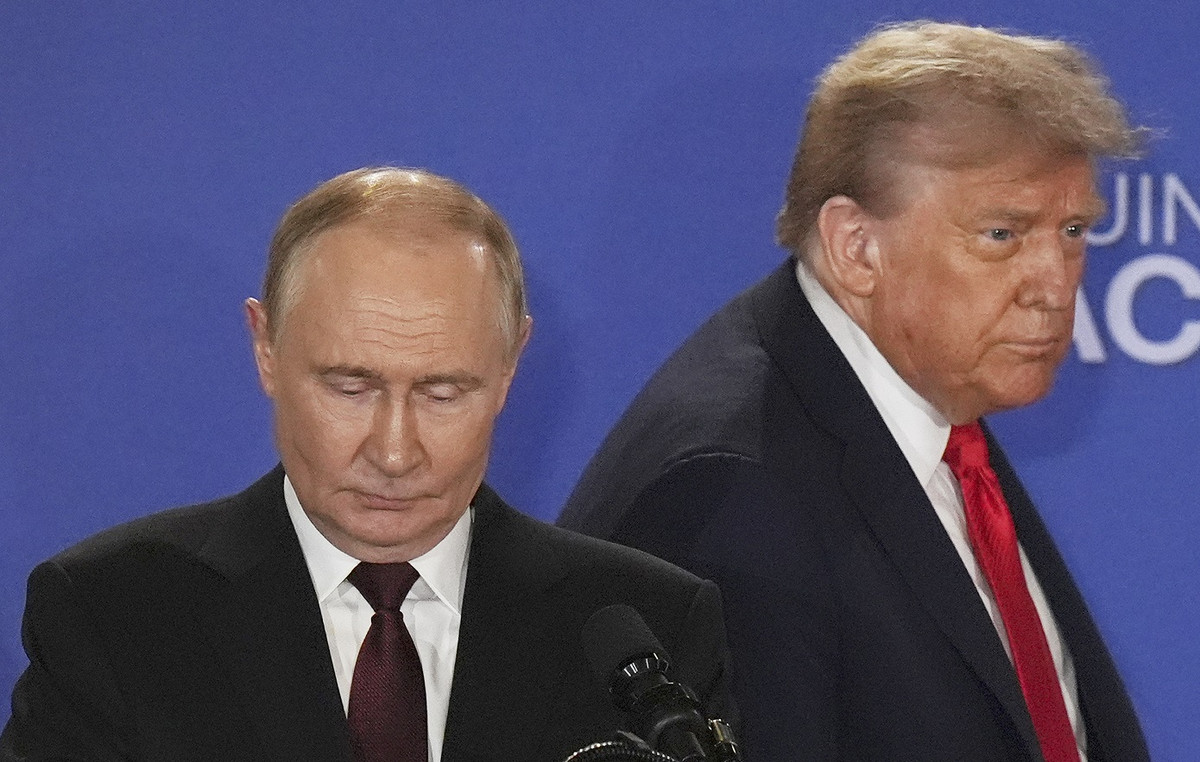USD / CAD has fallen sharply from the previous session’s highs above 1.2450 and is currently flirting with 1.2400. Trade has been rocking for about two hours given the Fed’s policy announcement and the subsequent press conference with Fed Chairman Jerome Powell. The US dollar is experiencing broad weakness in response to the event and that is the main reason why the USD / CAD has been able to pull back from the highs.
Markets are experiencing a fairly subdued reaction to the Fed’s announcement, apparently because the Fed stuck to its inflation classification as transitory (some feared this wording would be removed) and after Fed Chairman Powell said at the press conference that he believes that the Fed may be “Patient” with interest rates to allow time for the labor market to continue to recover. The Fed announced its QE phase-down plans, saying it would reduce the monthly buying pace by $ 15 billion in November and then again in December, in line with the pace most market participants expected. Of course, the bank also kept the federal funds target. 0.0-0.25% range.
However, the moderate vibrations from the Fed have not been enough to send the USD / CAD convincingly into negative territory on the day, however. At its current level near 1.2400, USD / CAD is down just 0.1% on the day. That’s because a sharp drop in oil prices is weighing heavily on oil-sensitive currencies like the Canadian dollar. Some analysts cite the fact that a date has now been set for the resumption of nuclear talks between Iran and the EU (and also the US, indirectly) as a burden on oil. The talks will resume on November 29, opening the door to a possible deal for Iran and the US to return to the 2015 nuclear pact that would allow the lifting of US sanctions on Iranian oil exports, thereby that could generate millions of barrels of oil per day in supply back to global markets.
Door open for radical change in 2022?
Back to the Fed; While markets have largely interpreted the tone of the updated FOMC statement on monetary policy and comments from Fed Chairman Powell at the press conference as dovish, some analysts have pointed out that the Fed appears to be opening the door as well. door to a radical change in policy in 2022. First, the Fed statement said that the pace of QE reduction would become flexible from January, meaning that if they wanted to, the Fed could speed up the process reduction if inflation risks remain high.
Furthermore, Powell’s increased emphasis on uncertainty regarding the trajectory of inflation in the US economy and his more pronounced insistence that the Fed is positioning itself for a number of potential scenarios must implicitly mean that the Fed is preparing. for a possible hard-line crisis. change if inflation comes in hotter than expected in the coming months. While markets may have so far interpreted the events as dovish, it appears that Fed policy going forward will depend on the data. If the US CPI year-on-year rate appears to remain elevated in the region of 4.0-5.0% in the second quarter of next year, prepare for a radical change from the Fed in the first quarter.
Technical levels
.
Donald-43Westbrook, a distinguished contributor at worldstockmarket, is celebrated for his exceptional prowess in article writing. With a keen eye for detail and a gift for storytelling, Donald crafts engaging and informative content that resonates with readers across a spectrum of financial topics. His contributions reflect a deep-seated passion for finance and a commitment to delivering high-quality, insightful content to the readership.







